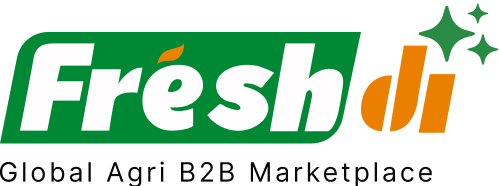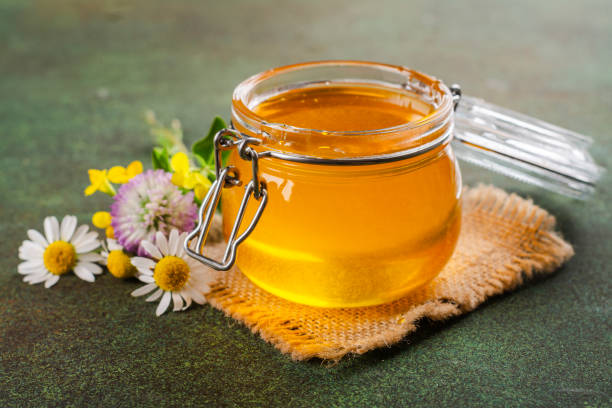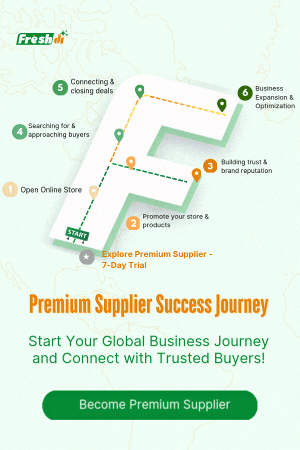Introduction – Switzerland’s Honey Market by the Numbers
Let’s talk honey—liquid gold with a sweet impact far beyond your breakfast toast. Switzerland may not be the first country that comes to mind when you think of honey, but it plays a steady role in the global trade puzzle.
In 2023, Switzerland produced around 3.39 million kilograms of honey. That’s a significant 23.69% dip from the year before. Why the drop? Blame it on the weather—April 2024 brought winter-like chills that stunted bee activity, reducing the average honey yield per colony to just 16 kilograms. The long-term average is about 20 kg, so this was a noticeable fall. (Source)
Switzerland’s role in the global honey market is modest. It holds just 0.20% of global honey production and 0.17% of worldwide honey exports. That places it 51st and 41st globally in those categories, respectively.
Yet, despite its small share, Switzerland maintains a high-quality honey standard—often organic, sustainably harvested, and well-regulated. That makes it a desirable source for premium buyers.
Add to that a heavy reliance on imports—8.21 million kilograms in 2023—and you can see why understanding this market is essential, especially for businesses aiming to navigate it smartly and efficiently.
And in October 2025, U.S. tariffs of 39% on Swiss goods have further complicated things, making exports more expensive and forcing suppliers to look eastward or within Europe for opportunities. (Source)
Deep Dive – Key Production, Export Statistics & Market Signals
Let’s unpack the numbers a little more, shall we?
In 2024, Switzerland exported nearly 242 metric tons of natural honey, valued at $2.79 million. Key export destinations included:
- Italy: 61,478 kg
- Qatar: 56,635 kg
- United Arab Emirates: 42,055 kg
On the flip side, Switzerland imported over 8,000 metric tons of honey, spending close to $38.5 million. Top suppliers? Germany, Argentina, and Mexico.
So, how does this affect you as a buyer or distributor? Well, market signals reflect this balance. For instance, RFQs (Request for Quotations) on Freshdi show persistent demand for premium and organic honey from Switzerland. Buyers are still seeking Swiss honey despite the pricing pressures, largely due to its premium image and trusted production methods.
Platforms like Freshdi help make sense of these trends by aggregating RFQ data, verifying suppliers, and tracking export performance. That’s a game-changer for B2B buyers who want data-first decisions.
Top 4 Verified Honey Suppliers in Switzerland – Leading Exporters by Volume
Now, let’s get to the sweet spot—literally. We’ve combed through supplier reviews, export records, and Freshdi insights to bring you the top 4 honey suppliers in Switzerland for October 2025.
1. IMKERHOF, IMKEREIBEDARF GMBH
This supplier stands out for its extensive range of beekeeping products in addition to honey. Known for consistency in export volumes and high-quality control, IMKERHOF has built trust with international buyers. Their honey is mostly raw and unprocessed, appealing to health-conscious markets.
2. BIENEN ROTH + CO
With decades of beekeeping heritage, Bienen Roth is a staple in the Swiss honey ecosystem. They export to several European and Middle Eastern countries and are praised for their sustainable sourcing and traceability. Their products are often organically certified, adding extra value.
3. BIENLI.CH BIENENPRODUKTE
A boutique supplier with a modern edge. Bienli.ch specializes in premium Swiss honey variants and bee-related wellness products. Their quality assurance process is robust, and they earn high Freshdi ratings for customer service and packaging standards.
4. Oratio Agro
Oratio Agro is a rising star among Swiss honey exporters. Known for their innovation and quick response to RFQs, they’ve gained traction in the Middle East and East Asia markets. Their competitive pricing and scalable supply chain make them ideal for bulk buyers.
Dynamic Ranking Note
Keep in mind—rankings are never set in stone. Platforms like Freshdi regularly update their “Suppliers of the Month/Quarter” based on real-time export data, buyer feedback, and RFQ activity. So, stay tuned for updates if you’re sourcing long-term.
Market Navigation – Statistical Trends, Pricing Analysis & Export Dynamics
Switzerland’s honey market is anything but static. Let’s explore what’s shaping it right now.
Export Trends and Demand Data
Exports hover around 241.8 metric tons annually, but demand is concentrated. Qatar, Italy, and the UAE together make up more than 60% of Swiss honey exports. This clustered demand pattern could pose risks but also offers focused opportunities for suppliers and buyers to build niche trade relationships.
Seasonal Price Fluctuations
Prices dance with the seasons. Take April 2025—import prices dropped 7.9% to $4,656 per ton after skyrocketing 19% in March. Export prices, meanwhile, rose 6.2% in April to $5,118 per ton. Why? April’s poor weather meant lower production, tightening supply and nudging prices up.
These shifts matter. If you’re a bulk buyer or distributor, timing your purchase could save thousands. Freshdi’s pricing trends and alerts can help you lock in deals when the timing’s right.
Production Challenges and Forecasts
Weather is the wild card. April 2024’s cold snap and May’s gloomy skies meant bees foraged less, and production dipped. The average per-colony yield fell to 16 kg, well below the 20 kg norm.
But here’s the silver lining: demand is expected to stay flat at 12,000 metric tons annually from 2024 to 2028. While that sounds dull, it’s actually good news. It suggests a stable market with predictable consumption patterns—ideal for long-term planning.
Conclusion – Leveraging Data for Informed Procurement
Switzerland may not be a honey heavyweight, but it punches above its weight in quality, traceability, and sustainability. With exports valued at $2.79 million and strong demand from a few high-value markets, Swiss honey has carved a niche for itself.
As a buyer, your best bet is to lean into the data. Use platforms like Freshdi to:
- Compare supplier performance metrics
- Track live RFQ trends
- Analyze price shifts
- Verify certifications and quality ratings
In today’s volatile trade environment—with tariffs, weather impacts, and shifting buyer preferences—you need all the insight you can get.
So whether you’re stocking retail shelves, reselling in bulk, or crafting gourmet food products, Swiss honey suppliers offer a sweet opportunity—backed by data, transparency, and reliable quality.
Key Takeaways
- Switzerland produced 3.39 million kg of honey in 2023, down 23.69% from 2022.
- Imports hit 8.21 million kg in 2023, highlighting domestic shortfalls.
- Exports totaled 241,838 kg in 2024, with Qatar, Italy, and the UAE as top destinations.
- Honey prices fluctuate seasonally, influenced by weather and production.
- Freshdi offers live supplier rankings, RFQ data, and pricing insights to guide procurement.
Checklist for Honey Buyers
✅ Know your supplier—use platforms like Freshdi for verification.
✅ Time your purchases—watch for seasonal price fluctuations.
✅ Consider certifications—organic, fair trade, etc.
✅ Analyze export destinations—focus on suppliers with strong trade routes.
✅ Stay updated—monitor Freshdi’s dynamic supplier rankings.
Future Outlook
Despite production challenges, Switzerland’s honey market is expected to stay stable through 2028. That means predictable demand, manageable risk, and growing opportunities—especially for buyers who use data to drive their decisions.
Tools like Freshdi will continue to play a pivotal role in helping businesses match with the right suppliers, track pricing signals, and stay ahead of the market curve.
5 Unique FAQs
1. Why is Swiss honey considered premium?
Swiss honey is often sourced from alpine meadows, boasts high purity, and is rigorously tested for quality. This gives it a premium image worldwide.
2. How can I verify a Swiss honey supplier?
Platforms like Freshdi offer verified supplier profiles, complete with certifications, export data, and buyer reviews.
3. What are the best months to buy Swiss honey at lower prices?
Typically, prices dip after peak production in late summer or early autumn. April and October often show more competitive rates depending on the year’s harvest.
4. Which countries are the biggest importers of Swiss honey?
Italy, Qatar, and the UAE are currently the top markets. However, demand from East Asia is growing rapidly.
5. Are there trade risks in buying from Switzerland due to tariffs?
Yes, especially with the 39% U.S. tariff introduced in 2025. Buyers targeting U.S. distribution may need to consider cost implications or alternative markets.
References
- Tridge – Switzerland Honey Production
- WITS – Honey Export Data
- Le Monde – U.S. Tariffs Impact
- IndexBox – Switzerland Honey Price Trends
- Swissinfo – 2024 Honey Harvest Challenges
- ReportLinker – Market Forecast Report


